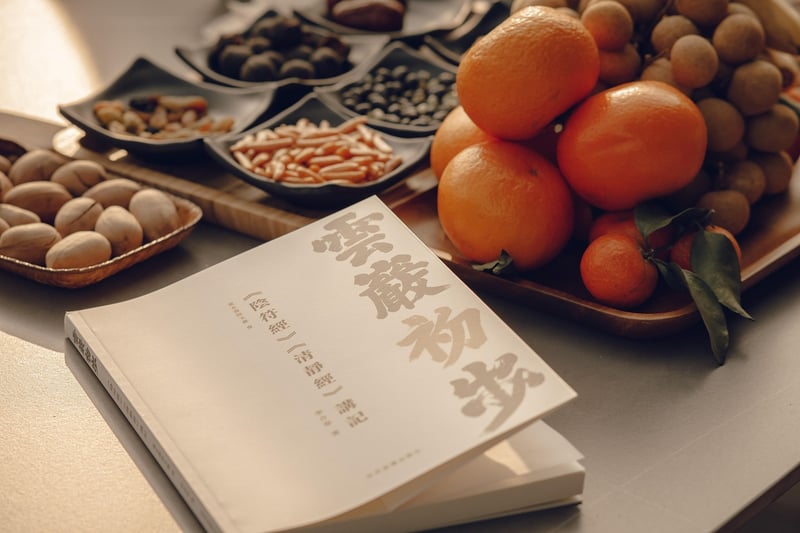Upcycling Best Practices
#upcycling tips
#recycling hacks
#creative reuse
Guidance & Advice for Upcycling + Upcycling Best Practices
What is Upcycling?
Upcycling is the process of transforming old or discarded materials into something new and of higher value. It's a creative way to repurpose items that would otherwise end up in landfills, giving them a new lease of life.
Benefits of Upcycling
- Reduces waste and environmental impact
- Promotes creativity and innovation
- Offers a cost-effective way to decorate or furnish your space
- Helps support sustainability and conservation efforts
Guidance for Upcycling
When embarking on an upcycling project, consider the following tips:
- Start small: Begin with simple projects before tackling more complex ones.
- Choose quality materials: Look for items that are sturdy and can be easily transformed.
- Get inspired: Browse upcycling blogs, social media, and DIY websites for ideas.
- Invest in good tools: Having the right tools can make the upcycling process smoother.
- Practice safety: Use protective gear when working with tools or chemicals.
Upcycling Best Practices
Follow these best practices to ensure successful upcycling projects:
- Think creatively: Don't be afraid to think outside the box and experiment with different ideas.
- Consider functionality: Ensure that the upcycled item serves a practical purpose in addition to being aesthetically pleasing.
- Quality over quantity: Focus on creating high-quality upcycled pieces rather than churning out numerous projects.
- Embrace imperfections: Upcycling is about celebrating uniqueness, so don't fret over minor flaws.
- Share your creations: Inspire others by sharing your upcycling projects on social media or with friends and family.

With these tips and best practices in mind, you're ready to embark on your upcycling journey. Get creative, have fun, and make a positive impact on the environment through your upcycling endeavors!
